Welcome home, Sania

Welcome home, Sania
Fame, fortune, cross-border love, deception and betrayal are enough to turn a Bollywood flick into a blockbuster. But if the story unfolds in real life, it is impossible to expect the media not to obsess over it. ‘Bad boy’ Shoaib seems to have picked a really good girl. A pretty and internationally recognized tennis star, Sania has been an Indian icon ever since she was 18.
Sania’s choice, on the other hand, has ruffled more than a few feathers on the Indian side. Suffice it to say that Sania’s decision to settle down with Shoaib has called into her patriotism into question. While some have tried to portray this as a ‘love conquers all’ cross-cultural marriage which that will break down barriers and soothe the omnipresent India-Pakistan rift, others have focused on the gender issue.
Pakistanis are not as perturbed about the union because the idea of male conquest runs the argument.
Had it been a Pakistani woman and an Indian man, some contend, sentiments would have been different. “Would the reaction have been the same if Mahendra Dhoni decided to marry Naseem Hameed?”asks Amber Rahim Shamsi in her blog. But I’m not so sure that is the question to ask. Rather, would the reaction have been any different if Naseem Hameed decided to marry Irfan Pathan? Personally, I doubt it. This is less about gender and more about religion and identity.
Heady romance aside, who we choose to marry, does say something about how we define ourselves. The fact that both Sania and Shoaib have only considered Muslims as potential spouses suggests that their religion is very important to them.
If one recalls the Inzamam years, when the image of the Pakistani cricketer transformed from the nightclub-frequenting playboy into a beard-sporting namazi, Shoaib’s case is hardly surprising. However, Sania’s decision seems to have been a rude awakening to many in India. This in spite of the fact that Sania, like most accomplished Muslim women, had to overcome criticism from orthodox groups who found her tennis attire objectionable and unsuited to their narrow interpretation of religion.
Yet unlike Irshad Manji or Ayaan Hirsi Ali, Sania Mirza refuses to reject her community and does not let the unlearned interpretations of others affect her own Islamic identity. Just as ill-thought out fatwas from untutored men project Islam as a backward religion, so too are there are efforts to rob Islamic youth of its role models — depicting Islam as the exclusive domain of regressive attitudes.
Lobbies promoting such ideas can be found in both the western world and in India. They are eager to portray emancipated Muslim women as disowned by their own community and desperately seeking refuge outside of Islamic societies in order to pursue their worldly interests. Sania is a slap in the face of such notions. Not only was she supported in her tennis career by her Muslim family in Hyderabad but after reaching great heights while playing for India, she decided to marry a Muslim and a Pakistani of her own accord.
Moreover, when Shoaib and his mother were questioned by the media on her future tennis prospects and apparel, they stood by her decision to choose. Sania is no longer just an Indian icon but more importantly a rolemodel for Muslim women. The fact that Shoaib and Sania are choosing the neutral location of Dubai as their future home and agreeing to play for their respective countries goes to show that the two have given thought to the idea of equality in a marriage.
This is not about male conquest or outmoded concepts of ghairat, as Firdous Ashiq Awan touted on a talk show recently. This is about greater equality in the Muslim marriage and the empowerment of women within the realm of Islam. And for this reason alone, Sania Mirza’s marriage to Shoaib and hence affiliation with Pakistan is very welcome.

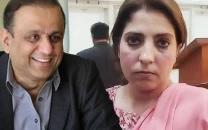
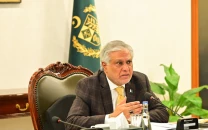
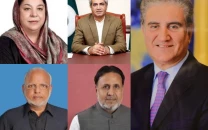
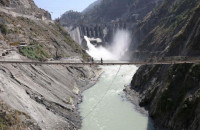

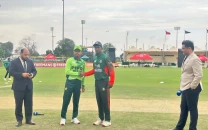












COMMENTS
Comments are moderated and generally will be posted if they are on-topic and not abusive.
For more information, please see our Comments FAQ